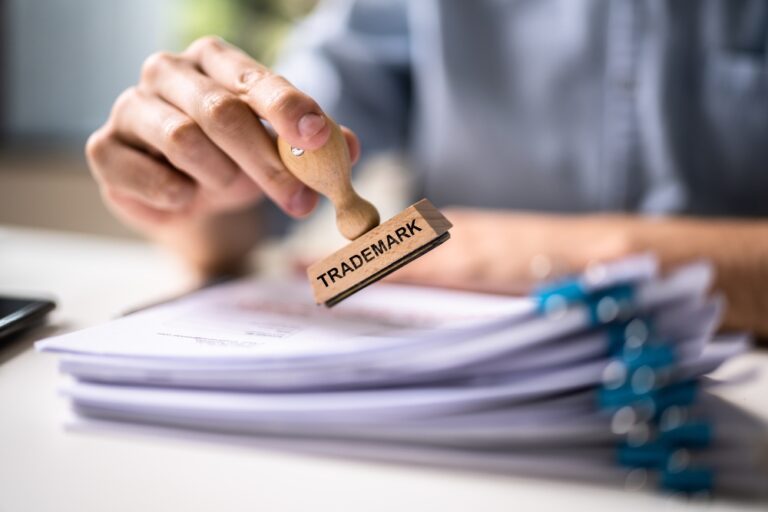Trademarks are vital for protecting your brand’s identity and distinguishing it from competitors. However, many business owners are unclear about how long a trademark lasts and the process of renewal. Trademarks don’t have a permanent lifespan; they require periodic renewal to maintain legal protection. In this discussion, we’ll examine the specifics of trademark duration and the critical timelines for renewal, providing you with the essential knowledge to keep your brand safeguarded in the long term.
Understanding Trademarks
Trademarks play a crucial role in branding, serving as unique identifiers for goods and services in the marketplace. Essentially, a trademark can be a logo, slogan, name, or symbol that sets your business apart from others. Unlike patents, which protect inventions, or copyrights, which safeguard artistic works, trademarks specifically defend brand identity. This protection means that others cannot use a similar mark in a way that could confuse consumers. For instance, once you trademark your logo or brand name, competitors cannot legally use anything strikingly similar. Understanding this distinction helps in recognizing the significance of a trademark in establishing and maintaining your brand’s unique presence and reputation in the business world.
The Lifespan of a Trademark
The lifespan of a trademark is unique compared to other forms of intellectual property. Initially, when you register a trademark, it typically comes with a six-year term of protection, after which you have to prove you’re using it. After that, the renewal period is every 10 years. However, the distinctive aspect of a trademark is its potential for perpetual renewal. As long as you continue to use the mark in commerce and adhere to renewal requirements, your trademark can be renewed indefinitely, offering enduring protection for your brand. This feature underscores the importance of continuous and consistent use of your mark in business activities. It’s not just about obtaining a trademark; it’s about actively maintaining it through use and timely renewals to ensure your brand remains exclusively yours for as long as you need it.
Key Timelines for Trademark Renewal
Navigating the timelines for trademark renewal is crucial for continuous protection. In the United States, the first renewal is due between the fifth and sixth year after the registration date. This renewal is critical as it affirms the mark’s use in commerce. Subsequently, renewals are required every ten years. Each renewal period has a window of time during which you can file, typically starting a year before the expiration date. Missing these deadlines can lead to additional fees or, worse, the cancellation of your trademark. It’s important to keep track of these dates since the United States Patent and Trademark Office (USPTO) doesn’t always send reminders. Timely renewal ensures your trademark remains valid and your brand identity stays protected.
The Renewal Process: Steps You Need to Take
- Begin the renewal process by checking the current status of your trademark in the USPTO database. Ensure all information is up-to-date and correct, as any discrepancies could complicate the renewal.
- File the required forms with the USPTO for renewal. This includes a Declaration of Use (or Excusable Nonuse) and an Application for Renewal. These forms verify that your trademark is still in use or explain why it’s not.
- Pay the necessary renewal fees when submitting your forms. The USPTO has set fees for trademark renewal, and it’s crucial to include accurate payment to avoid delays or rejection of your renewal application.
- Consider engaging a trademark attorney for assistance. While not mandatory, professional help can ensure that your renewal process is smooth and error-free, especially if your trademark situation is complex.
How We Can Help With Your Trademark Renewal
At Gearhart Law, we understand the intricacies of trademark renewals and are dedicated to helping you safeguard your brand. Our team offers comprehensive support, from ensuring accurate filings to navigating complex legal requirements. If you’re looking to maintain the longevity and integrity of your trademark, reach out to us. We’re here to provide tailored assistance to keep your brand’s identity secure.


